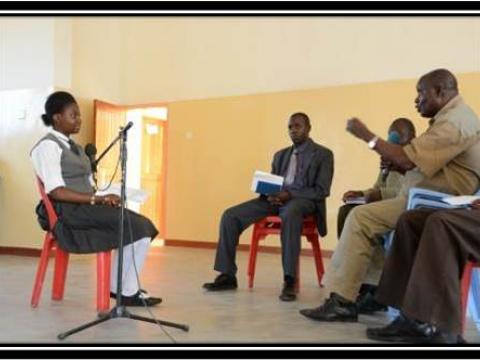Citizen Voice and Action Evaluation Report, 2016.
Download
The Citizen Voice and Action (CVA) project was a community based project being implemented in partnership with the community, Save the Children, Development Aid from People to People (DAPP) and Government Departments/Ministries which include the following:
- Ministry of Health
- Ministry of Education
- Ministry of Community Development and Social Welfare
- Ministry of Local Government
- Ministry of Chiefs and Traditional Affairs
According to available secondary information, the CVA project has improved access to quality health services. Key improvements include:
- Improvements in the supply of essential medicines in most health facilities
- Reduced staff turnover among Government officers;
- Increased institutional deliveries
- Increased immunization coverage
- Increased community participation in health care planning
- Waiting hours for outpatients reduced
Overall in terms of numbers, the project is reported to have improved access for 14,300 people compared to 8,129 people initially targeted in the three target Area Development Programmes (ADPs). All 17 facilities (13 within the ADP and 4 outside of the ADP) reported improved health services. Where as in the past patients would be sent back from health facilities owing to lack of drugs, the situation has improved. Generally rural health centres are receiving sufficient drug-kits every month. Health seeking behaviours have also improved. For example, in Keembe at Mwachisompola, the health centre has experienced as many as 300 patients per day compared to the Government standard of 100 patients per day. In terms of institutional deliveries, an example is Kafululu Centre, where an increase of 24 percent has been registered from 42 percent (2013) to 64 percent (2014). Seven percent increase in “under five” immunizations at Mwachisompola Rural Health Centre has been recorded, from 65 percent (2013) to 72 percent (2014).
The impact of Citizens Voice and Action has not left out people with disabilities. For example, at Lungobe Rural Health Centre, a meeting was held attended by community leaders, duty bearers including the District Commissioner, and local Councillor at which the plight of citizens with disability in terms of access to health services was discussed. The outcome was a decision to give them preferential treatment when they visit a health facility.



